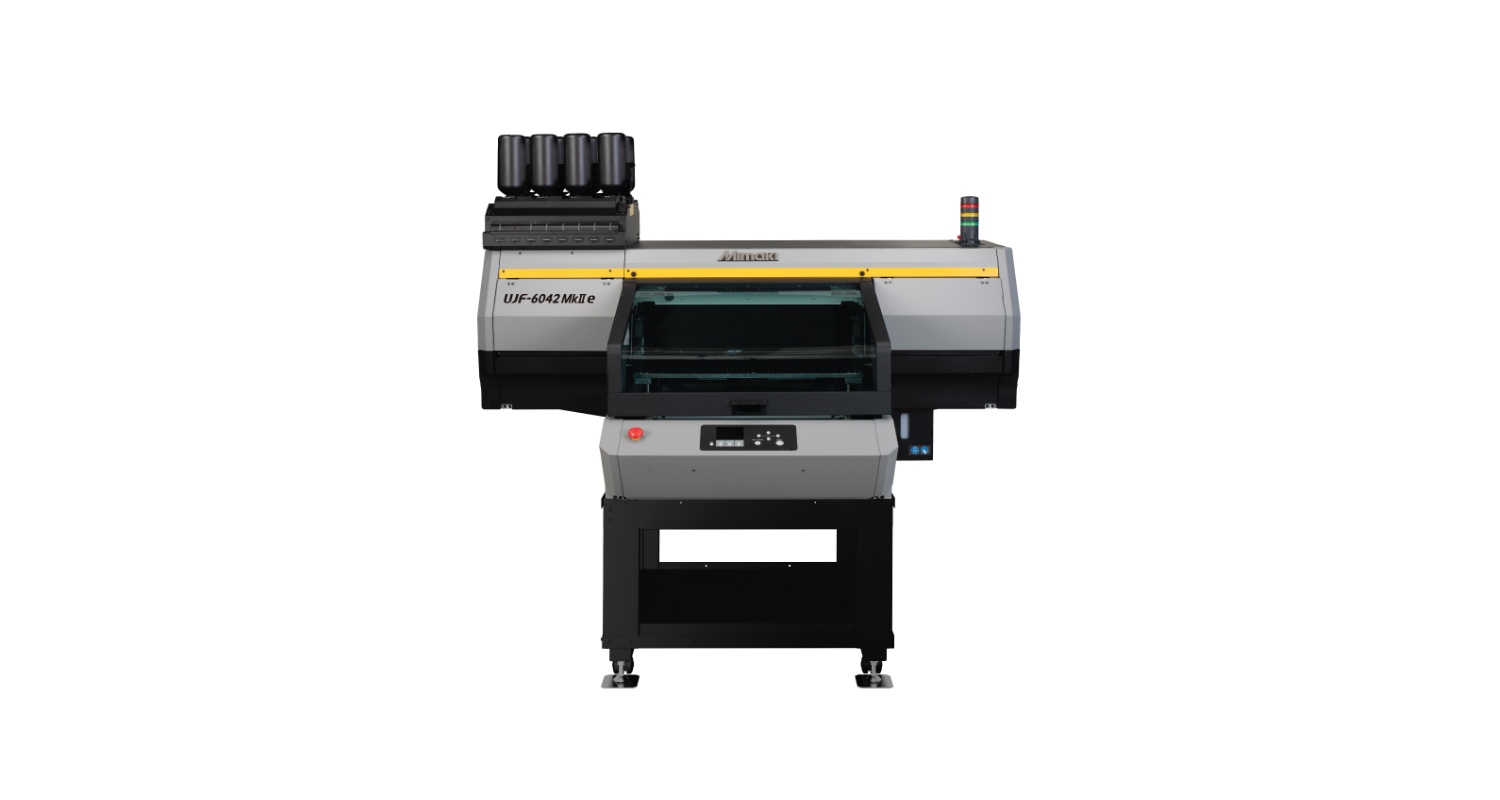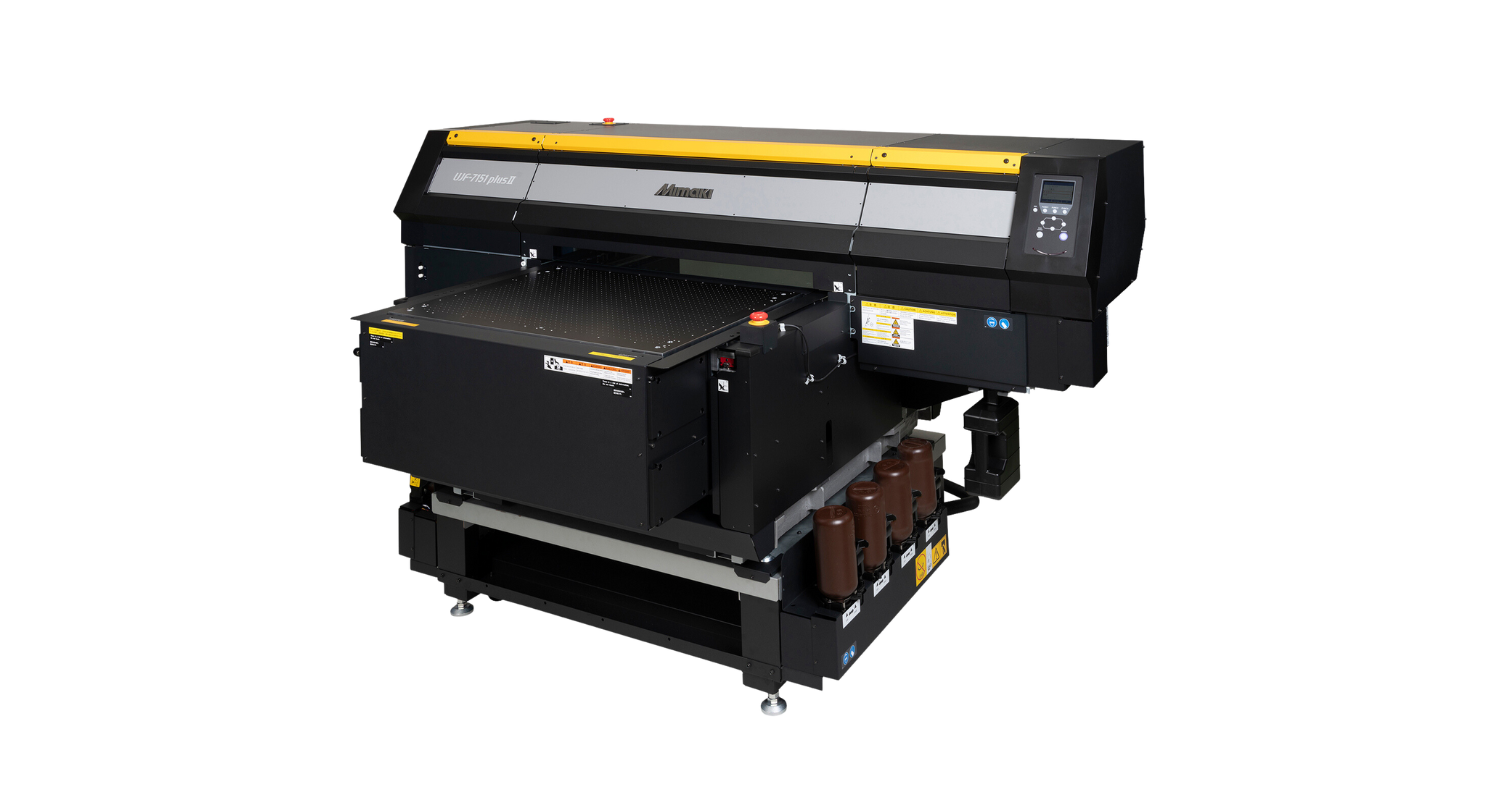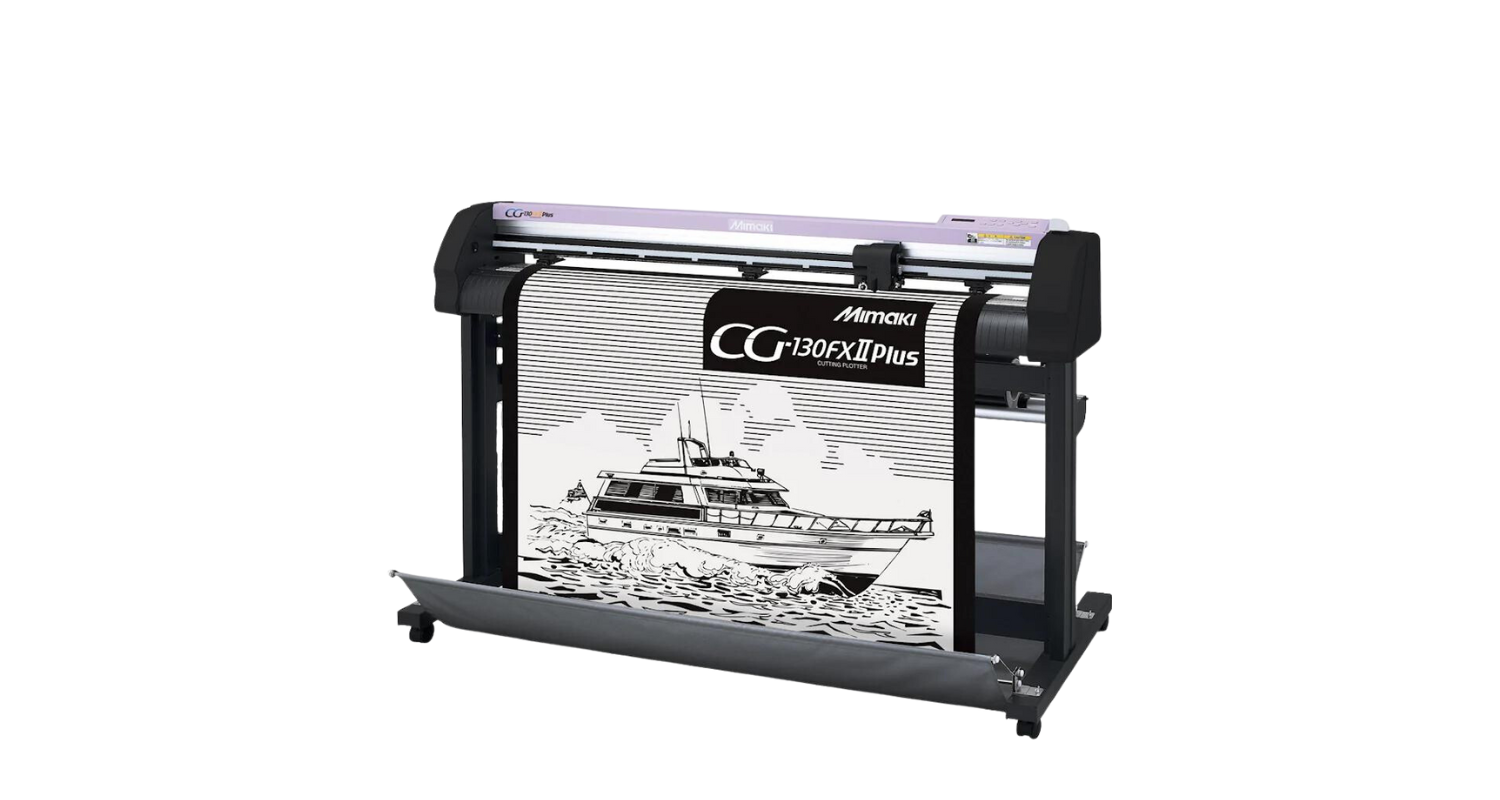New TX300P-1800 positions Mimaki at forefront of textile printing
Leading manufacturer of wide-format inkjet printers, Mimaki, has today announced that it will be introducing a brand-new direct-to-textile inkjet printer at ITMA 2015 in Milan, Italy, from 12th – 19th November.
ITMA is the world’s most established textile and garment machinery exhibition, bringing together industry leaders for a discussion on emerging trends and innovative solutions. Mimaki will debut the Mimaki TX300P-1800, an innovative 1.8m roll-to-roll direct-to-textile inkjet printer in Hall 18, Stand C104.
“The TX300P-1800 is designed to meet the market demand for smaller lot sizes, faster delivery times and the ability to quickly produce samples,” explains Mike Horsten, General Manager Marketing of Mimaki EMEA. “We are also mindful of the shift in textile production from both analogue to digital and from centralised to distributed production. We envision a day not too far in the future when consumers will be able to download or create their own patterns rather than being limited to commercially available designs. The TX300P-1800, which is available with a variety of ink types and produces very high quality, is ideal for this new distributed model of textile printing.”
Future-proof technical features
Designed specifically for direct-to-textile printing, the Mimaki TX300P-1800 8-colour inkjet printer features a new printhead that ejects ink droplets at high speed to ensure accurate ink placement with a high head gap. This makes the printer ideal for printing high quality images on all types of fabrics, including thicker and textured materials.
Other features of the TX300P-1800 include print resolution of up to 1,080dpi with drop sizes ranging from 6 to 24pl. Small droplets create beautiful high-resolution printing, and large droplets are useful for high-speed printing. Print speeds more than twice as fast as that of a conventional printer makes the TX300P capable of printing up to 68m²/hour and based on Mimaki’s unique and reliable techniques developed over years of textile inkjet printer research and development, the TX300P has stable textile transport that maintains optimum tension.
Available in the UK and Ireland from December 2015 through exclusive Mimaki distributor, Hybrid Services Ltd; the TX300P-1800 is testament to Mimaki’s heritage in digital textile printing. The new machine’s predecessor, the Tx2-1600, has been used for textile printing worldwide for the last 14 years and Hybrid’s national sales manager, Textile and Apparel, Stephen Woodall explains; “Mimaki’s expertise in the digital textile market is undisputed and the release of the new model confirms its ongoing commitment to the sector. The TX300P-1800 is set to be an exciting addition to Mimaki’s textile and apparel portfolio with such versatility of printing onto almost any type of natural or man-made fabric.”
The TX300P is compatible for use with sublimation dye, disperse dye, pigment, reactive dye, and acid dye inks to meet a wide range of application needs. Sublimation dye inks are available at commercial launch with other inks following soon. These 2L ink packs enable uninterrupted printing on longer runs, which are assisted by automatic detection and cleaning of clogged nozzles. The Nozzle Recovery System ensures that good nozzles are used as substitutes when clogged nozzles are not recovered after cleaning.
Mimaki offers the TX300P with a choice of powerful digital front ends; Mimaki RasterLink 6 or TxLink3 Lite. The latter offers simple RGB and CMYK colour replacement on raster and vector data to more accurately achieve corporate and other special colours, as well as the ability to produce different colour patterns. The production of large, seamless patterns from a single image, including repeat and mirror patterns is possible, along with the simple creation of multi-colour ICC profiles using Mimaki’s unique profile wizard.
“We are looking forward to hearing what ITMA attendees have to say about the TX300P-1800,” Horsten adds. “We think its quality, speed and affordability will generate ideas about many new opportunities in the eyes of visitors, and we look forward to working with them to change the way textile printing is accomplished in the future.”




































